 |
| Drinking in accordance with Mediterranean Diet means virgin olive oil not liquid ignorance. |
.
 |
| Cold Christian monks consume weak wine. |
Some religions are strict in prohibiting consumption, viewing it as "missing the mark" (sin) and harmful to spiritual and physical well-being, whereas others incorporate it into their rituals and ceremonies because, if you can't beat 'em, join 'em.
 |
| Come get drunk with me, Flanders! - God, no, Homie |
 |
| Booze can't be bad. Drunk Whitey's going to heaven! |
Throughout history, toxic alcohol has held significant roles in religious observances, from the use of "sacramental" wine in Christian sacraments to the offering and moderate drinking of omiki (sacramental sake) in Japanese (shapeshifter-taming) Shinto purification rituals.
Buddhism calls on practitioners to avoid consuming alcohol (surāmerayamajja, referring to the types of intoxicating fermented beverages), as it violates the 5th of the Five Precepts, the basic Buddhist code of ethical conduct as it disrupts mindfulness, leads to negligence and heedlessness, all of which impedes one's progress along the Noble Eightfold Path [2] to serenity, insight, enlightenment, and the blissful liberation of nirvana.
Christian attitudes towards alcohol shift all the time, with some sects and denominations advocating for moderation, while others promote abstinence. The use of sacramental wine in religious rites, such as the Eucharist, underscores a symbolic significance within Roman Catholicism (and the Vatican) as well as subsequent Protestant Christian theologies, to say nothing of more original Coptic and Eastern Orthodox views.
Hinduism in Śruti texts, such as the Vedas and Upanishads, says consumption of alcohol and/or intoxication is considered as a recipe for weakness, while in Smriti texts, the verses contradict each other and allow the use of alcohol for some castes, but remind everyone that total abstention is better.
.pdf.jpg) |
| Temperance or premature death? |
Across various religious traditions, attitudes toward alcohol mirror broader societal norms and values rather than strict adherence to religious texts since society is more influential in shaping individual behaviors and attitudes than religion.
Research on the correlation between religiosity and alcohol consumption reveals the complex interplay between religious affiliation, cultural context, and drinking patterns. Understanding these dynamics is crucial for informing public health initiatives and interventions aimed at addressing alcohol-related issues (like alcoholism, domestic abuse, child molestation, sexual misconduct, theft, negligence, injury to reputation, cancer, mental illness, morbidity, obesity, dementia, and so on) within specific religious communities.
 |
| Drink up, Dumb@ss. We love rounding you up. |
Buddhism is not a monolith with two major schools, the back-to-basics Theravada (that follows the teachings (-vada) of the historical Buddha and his enlightened disciples or (theras-) and the more scattered Mahayana ("great boat," which makes up 90% of Buddhists). Tibetan Vajrayana, while spoken of as yet another school, is subsumed as a Mahayana sect.
Alcohol use in Vajrayana
 |
| Bodhisattva Avalokita, Sri Lanka |
- Vajra-yana,
- Secret Mantra, and
- Mantra-yana [3, 4].
That tradition first spread to Tibet in the 8th century and quickly rose to prominence [5]. The Tibetan Buddhist tantric teachings (heavily influenced by Brahmanism and Hinduism from neighboring India) have recently been spread to the Western world by the Tibetan diaspora.
Nepalese Newar Buddhism, meanwhile, is still practiced in the Kathmandu Valley by the Newar people. The tradition maintains a canon of Sanskrit Buddhist texts, the only Buddhist tantric tradition to still do so.
 |
| Let's party like they do in India |
Generally, participants are required by their bond or vow (samaya) to partake of meat and alcohol, and the rite tends to have elements symbolic of coitus (sexual intercourse), making it more reminiscent of pre-Buddhist Bon (Tibetan shamanism) black magic.
Traditions of the Ganachakra liturgy and rite extends remains of food and other offerings to alleviate the insatiable hunger of the hungry ghosts (including alcohol, which they intensely crave (as drinking and other harmful karma brought on by drinking is likely what led to rebirth is the intensely miserable Realm of Hungry Ghosts or preta-loka), genius loci (protective spirits or local genies the djinn), and other subhuman entities [6].
 |
| Zen koan: A little sake makes a lotta sense? |
Since the ultimate state [in Hindu-influenced Mahayana thinking] is in some sense non-dual, a practitioner can approach that state by "transcending attachment to dual categories such as pure and impure, permitted and forbidden" [sinful or blessed, harmful or healthful, leading downward or upward, advised by the historical Buddha or condemned, practiced by fools or the wise, leading to more samsara or to liberation].
%20Greco%20Buddhist%20Central%20Asian%20king%20from%20Gandhara,%20wiki.jpg) |
| Bodhisattva Maitreya as a Central Asian king |
It is exactly because that being, wishing to become a buddha, discriminated then pursued the path [Ten Perfections] that leads to the good that he eventually reached supreme enlightenment with the ability to teach and establish the Dharma in the world again after an unbelievably long period of darkness]. More
- Pat Macpherson, Dhr. Seven, Amber Larson (eds.), Wisdom Quarterly Wiki edit


























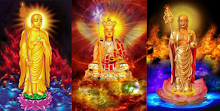



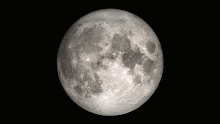













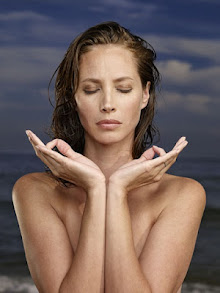

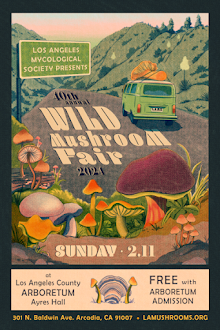

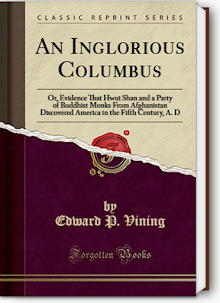






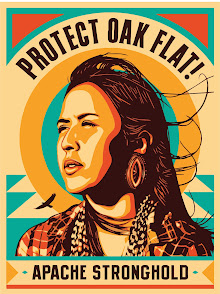






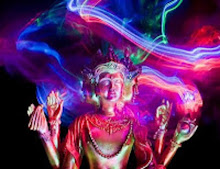









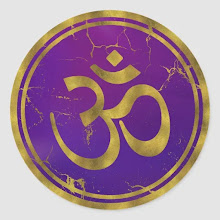
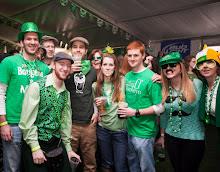




















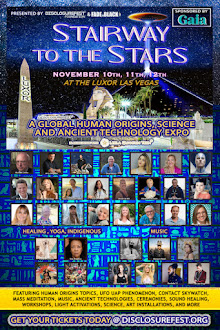























































































































































No comments:
Post a Comment